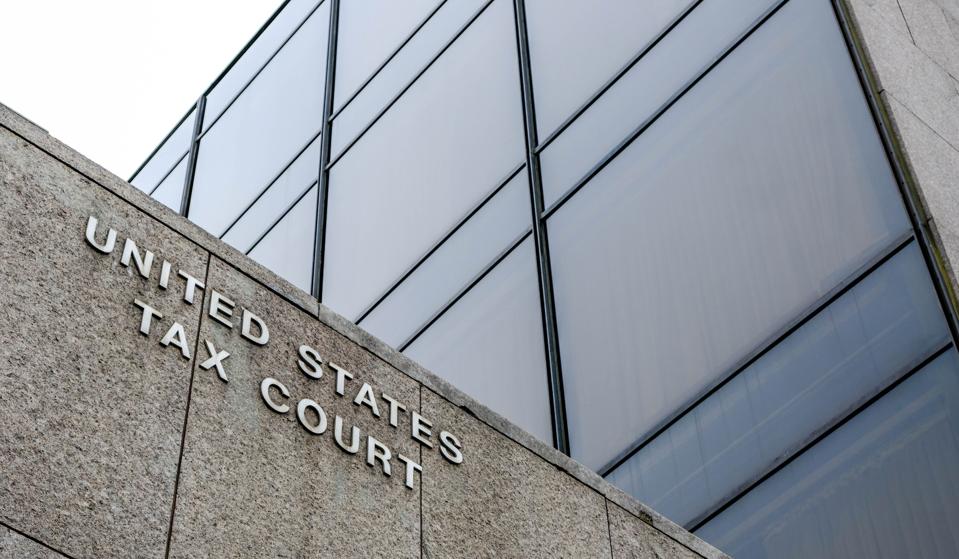Introduction
Any litigator will tell you that discovery disputes are relatively common in most court cases. Typically, these disputes go as follows: a litigant files one or more formal discovery requests, the responding party answers with objections, and the parties proceed to fight over whether the documents and answers given were responsive or not. A lot of time and legal fees can go into resolving the parties’ differences, with or without court intervention.
The United States Tax Court has long attempted to avoid these types of discovery disputes. Under its governing rules and its decision in Branerton v. Comm’r, 61 T.C. 691 (1974), the court requires all parties—the taxpayer and the government—to try to obtain discoverable information through informal means. Generally, this process begins with a Branerton letter, followed by informal discussions regarding the information to be provided. Only when these informal means do not work are the parties permitted to resort to more formal discovery procedures, such as requests for admission, requests for production of documents, and interrogatories.
The decision in Branerton has stood the test of time, having been decided roughly 50 years ago. And in subsequent decisions and orders, the Tax Court has consistently reminded litigants of their discovery obligations under Branerton. But what happens when informal discovery breaks down and a party fails to cooperate? What actions may the court take to enforce Branerton? The court’s recent Order in the case of Everest Granite, LLC, Dkt. No. 29477-21 provides some answers.
The Discovery Disputes
In Everest Granite, the taxpayer’s counsel sent a Branerton letter to the government, requesting, among other things, the administrative file. IRS Chief Counsel asked for an extension of time to respond to the informal discovery requests. When the government became non-responsive, the taxpayer filed formal discovery requests.
More than a year later, the taxpayer filed a second round of discovery: requests for admission. This discovery tool simply asks the opposing party to admit or deny the facts asserted in the requests. If the facts are admitted, they are generally considered conclusively established for the remainder of the litigation. Under the Tax Court’s rules, if a party fails to respond to requests for admission within 30 days, those facts are also “deemed admitted” for purposes of the proceeding. According to the Order, the government failed to properly respond within the 30-day window. Thus, under the court’s rules, the facts were deemed admitted. With critical facts deemed admitted, the taxpayer moved for summary judgment and asked the court to rule in its favor without the need for trial.
After the motion for summary judgment was filed, the court ordered the government to respond on or before a specified date. IRS Chief Counsel failed to respond by the deadline, and the court issued an Order to Show Cause as to why summary judgment should not be granted in the taxpayer’s favor. Unsurprisingly, the Tax Court’s show-cause order garnered media attention. Thereafter, IRS Chief Counsel replaced the assigned attorney with new attorneys. Those new attorneys filed responses to the pending motions and show-cause order, arguing that the government’s failures to respond were due to “systemic failures.” In response, the taxpayer filed a Motion to Impose Sanctions.
The Tax Court’s Order
On October 10, 2023, the court held a hearing on the pending motions and responses. During the hearing, the court advised the parties that it would not grant the motion for summary judgment but that it would impose sanctions against the government for delaying the litigation. The court also instructed the parties to work out the remaining disputes amongst themselves, deferring rulings on the pending motions until they had an opportunity to do so. With the parties unable to work out the remaining matters, the court stepped in and issued an Order on April 3, 2024.
The April 3, 2024, Order granted the government’s request to withdraw the deemed admissions, effectively nullifying the taxpayer’s pending motion for summary judgment. But the Order agreed with the taxpayer that sanctions were appropriate to relieve the prejudice suffered by the taxpayer due to the government’s dilatory conduct.
On the issue of attorneys’ fees as sanctions, the court held that it had both the inherent and statutory authority to sanction the government for its failure to comply with the court’s discovery rules. Regarding the amount of awarded legal fees and costs, the court postponed a decision on this matter until after trial. But the court also hinted that the government may be on the hook for these expenses from October 2022 through October 2023.
Towards the end of the Order, the court reminded the parties of their obligations under Branerton. In this regard, the court instructed the parties to try to resolve any future differences through the stipulation process. The court noted that it would “look dimly on any future motions to compel discovery that do not relate to document requests.”
Parting Thoughts
Most practicing tax attorneys would tell you that the government’s actions in Everest Granite are far from the norm seen in Tax Court. Nevertheless, the court’s Order in that case serve as an important reminder to litigants that the court will hold them to task in complying with the court’s discovery rules. As shown in Everest Granite, a failure to follow these rules can have consequences—potentially expensive ones.

